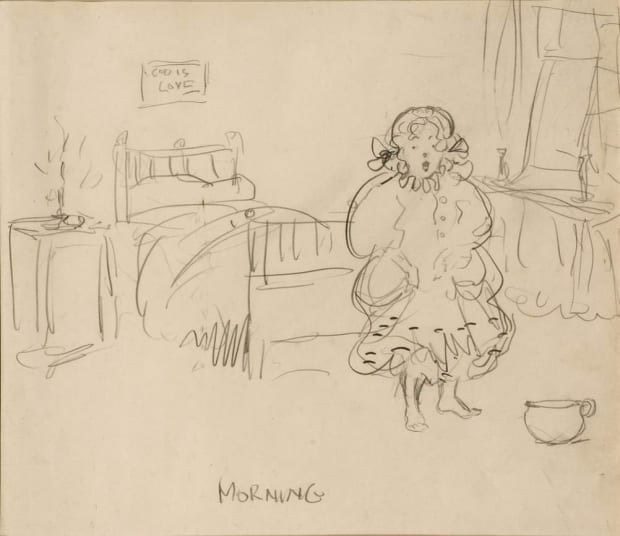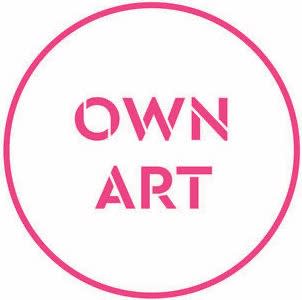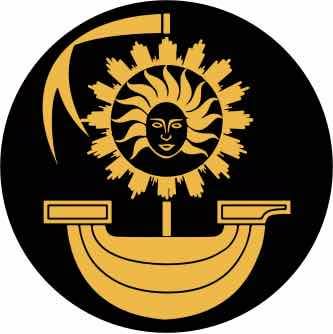With Stubbs, Munnings is one of the two great masters of sporting art and much has been written about him. Born on 8th October 1878 at Mendham, Suffolk of a farming family, his father John Munnings was a miller. He was apprenticed to Norwich Lithographs for six years from 1893 to 1898, and studied at Norwich Art School in the evenings, later studying at Julian’s in Paris. He first exhibited at the RA in 1898. In 1899 Munnings lost the sight of one eye. During this period he hunted regularly with the Norwich Stag Hounds and the Dunston Harriers and spent some time painting in Cornwall with the Newlyn School. He moved to Dedham, Essex in 1918. He was married twice, his first wife having committed suicide. She was described by Laura Knight as being “most beautiful” and was an accomplished horsewoman. Munnings used her as a model in many of his works. The Canadian Government commissioned Munnings as an official War Artist while he was attached to the Canadian Cavalry Regiment in France 1917-18. He was elected RI 1905, ARA 1919, ARWS 1921, RA 1925, RP 1925, RWS 1929 and PRA 1944-49. Knighted in 1944 and KCVO in 1947. One of his speeches at the RA caused great upheaval when he spoke out very strongly against modern art which he disliked intensely. Munnings worked mainly in oils but also in watercolours and he would make pencil sketches on any scrap of paper available, being a consumate draughtsman he spurned the use of photographs. He also wrote humorous verse. He painted very fine pictures of the gypsies with their horses and is especially known for his racing portraiture. He died at Dedham, where he had lived for forty one years, on 17th July 1959.



